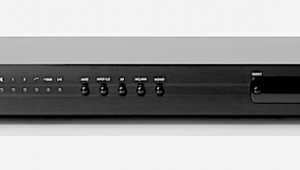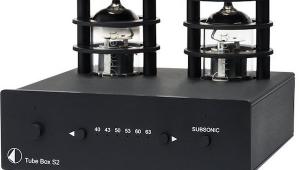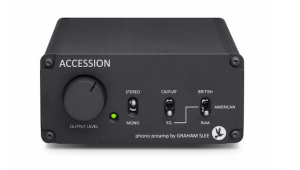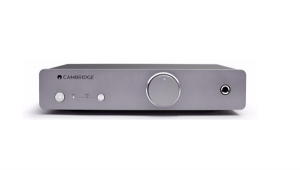Something tells me this circuit is essentially a copy of my Bugle (now in it's 3rd evolution) phonostage design. And if it is, well then it should sound as good as the review states!
Take a look at their "reverse RIAA" product. It is an EXACT copy of my circuit! Every single component value. If they are willing to do that (and he's not the only one), maybe he copied my phonostage as well?
I lay down a challenge here: Mr. Meszlenyi, please post a decent photo of that circuit board, proving you came up with your own design, and did not copy mine.































































